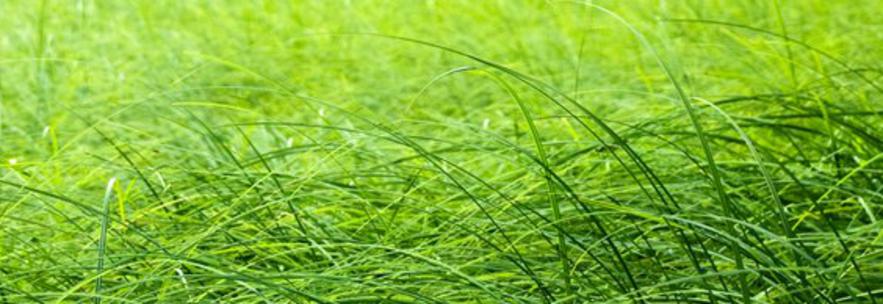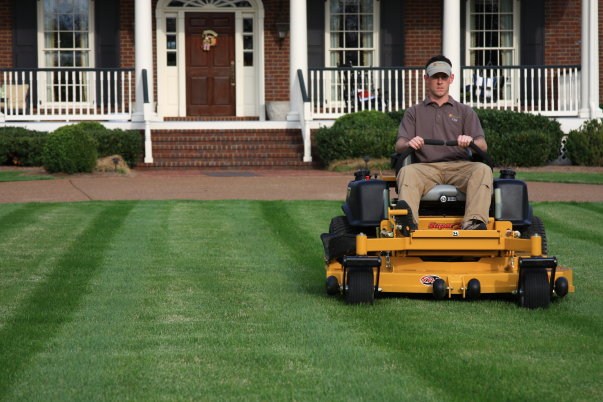When To Fertilize Your Lawn
by David Steg on 12/14/15The million dollar question for many people is "when to fertilize?" To answer this question, you should consider these four factors: climate, grass type, the fertilizer being used, and how you want your lawn to look. For those of us who want our lawn looking its best, then it's a good idea to fertilize your lawn 4-5 times a year. Conversely, even if you don't want a good looking lawn, you should at least fertilize twice a year for your grass's sake. As discussed in the section on grasses, there are two types of grasses: Warm-Season & Cool-Season. Each grass has its own growing season, therefore, each requires a different schedule for fertilizing. As a rule of thumb, it is best to apply fertilizers when your lawn is actively growing. If you fertilize with nitrogen while your lawn is dormant, you can encourage weed growth, and ultimately waste fertilizer.
Warm-Season Grasses flourish during the warmer summer months, and therefore tend to require fertilizing shortly after green-up in the spring and again in the late summer months. For Warm-Season grasses in the southern areas, it is best to concentrate a larger amount of nitrogen to be applied during the early-late spring applications and a lesser amount in the fall. For more information on what nitrogen is, see: What is fertilizer?
The following tables are general fertilizing guidelines that can be used to help determine what the best program is for you. Before you begin using the tables as a reference, there are a few things to remember prior to choosing a fertilizer for your lawn:
- Many fertilizers on the market today come as combinations, or can be mixed during the same application time with other agents. For example, fertilizers are often mixed with weed controls, pest controls, moss controls, dandelion controls, etc.. If they are not mixed, but you have a disease or pest problem, you can purchase the treatment separately and apply it based on your needs. The table below shows the suggested fertilizer components, mixtures, and the correct time for applying those fertilizers based on common seasonal occurrences, such as weed and pest outbreaks. You will need to decide which best applies to your lawn.
- Avoid applying nitrogen when your lawn is dormant or has not yet greened-up. The growing stimulant provided by the nitrogen could end up encouraging weed growth or the growth of other unwanted grasses in your lawn. Always make sure that the nitrogen works for the grass already growing, and not the other stuff. If you have had a long winter and the grass is not yet established, then don't get worried if your schedule to fertilize gets delayed or modified. Your lawn doesn't care what your calendar says, so make sure you're flexible enough to deal with it.
- Make sure you read the label on the fertilizer you buy to know how long it lasts. As discussed in types of fertilizers, time-released fertilizers can slowly release nutrients from 2-8 months. Make sure you provide enough interval between fertilizing to allow the previous application to finish, thereby avoiding over-fertilization and possibly burning your lawn with the next application.
- Before fertilizing,try to make sure your lawn does not have an excess buildup of thatch that can suspend the fertilizer in the grass leaves and inhibiting it from reaching the soil. Suspended fertilizer can also burn the grass leafs.
- Avoid fertilizing your lawn during periods of drought or when it is excessively dry. Most fertilizers need a good couple of waterings after fertilizing, and if the fertilizer sits without a good soaking, it could burn your lawn. If you plan on fertilizing in August during a drought and cannot water your lawn, just wait or even skip the application until more moderate weather arrives. Remember, fertilizing should help your lawn, not hurt it!
- Every lawn and climate is unique. Ultimately, the perfect schedule for your lawn depends on you. If this isn't something you want to tackle, there are others who do this everyday who will.




